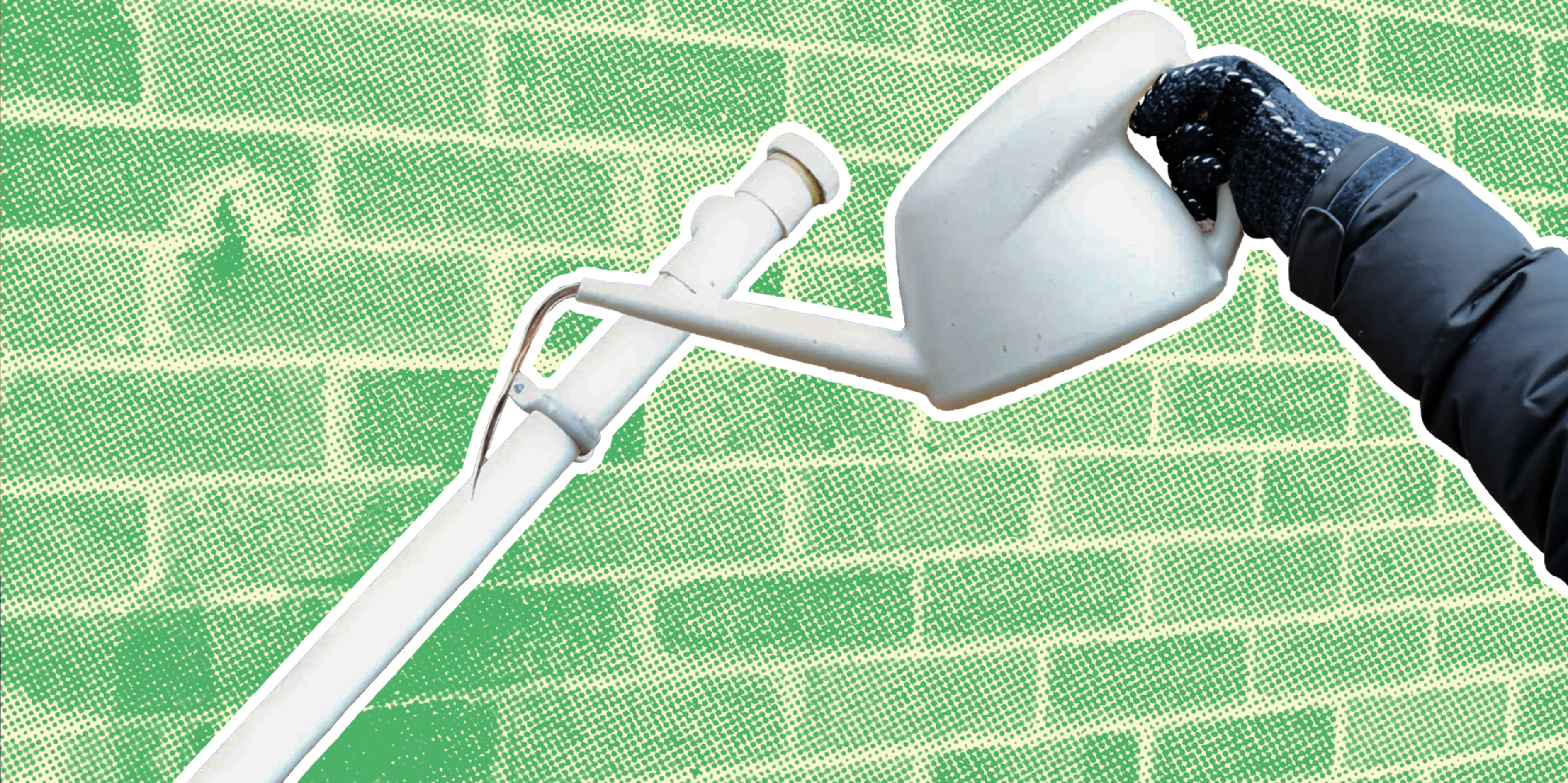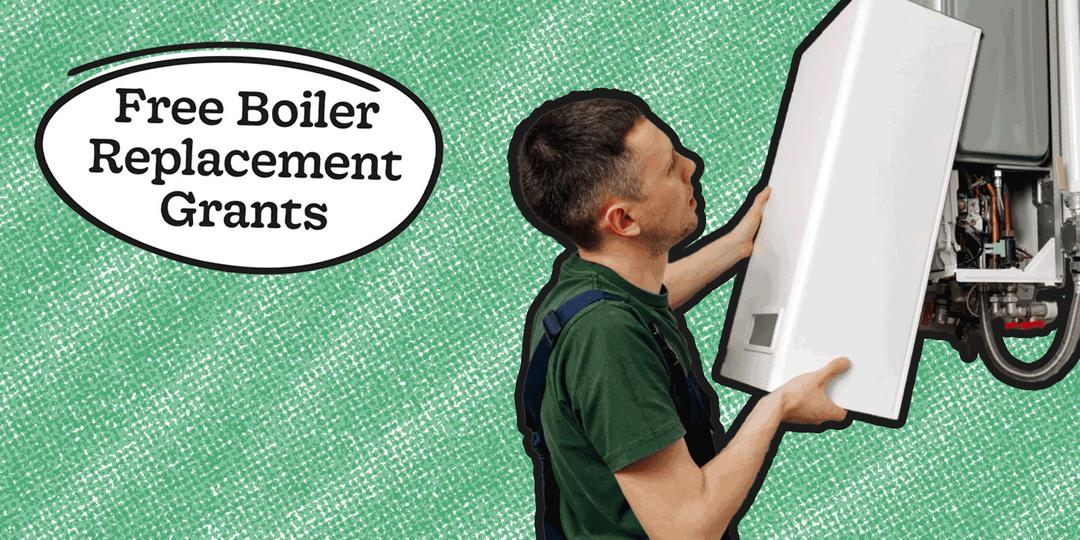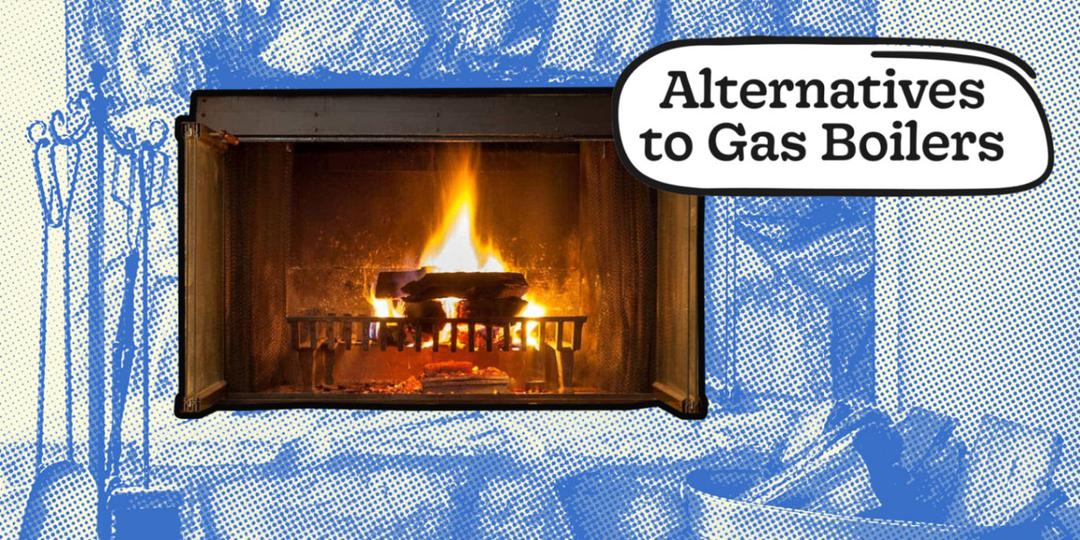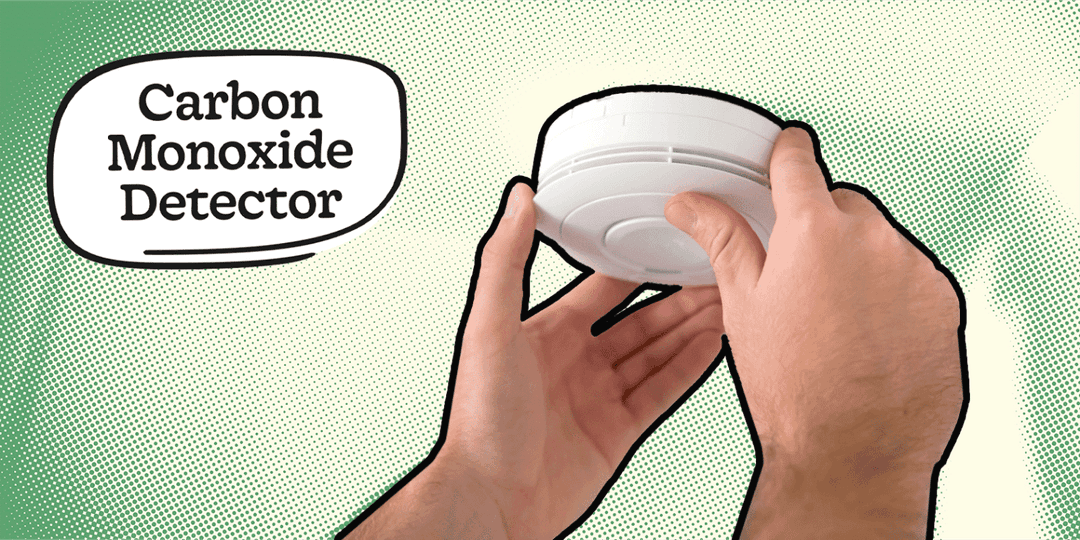Your boiler has a condense pipe, but do you need it? (It's going to freeze)
- What is a Condensate Pipe?
- What is condensate?
- How Do Condensate Pipes Work?
- Condensate Pipe Problems
- How can you prevent a frozen condensate pipe?
- Signs of a Frozen Condensate Pipe
- How to fix a blocked/frozen condensate pipe
- How to Prevent Condensate Pipe Freezing
- What If You Don’t Have a Drain?
- So what type of pipe do you need?
- Why Your Condensate Pipe Matters
A condensate pipe is a small but mighty part of your boiler system. Its job? To drain away the acidic wastewater (aka condensate) created when your boiler is running.
When everything works as it should, you barely notice it. But when the pipe freezes or blocks - your heating grinds to a halt.
In this guide, we explain exactly what a condensate pipe does, why it matters, how to spot problems, and how to prevent them - especially in winter.
🔑 Key Takeaways:
A condensate pipe safely removes acidic water from your boiler to an external drain.
It’s usually a small, white plastic pipe found outside your home.
The most common issue is freezing in winter, which can shut down your boiler.
You can thaw it with warm water or a hot water bottle.
Insulation, proper gradient, and correct length (under 3 metres) all help prevent problems.
Get a new quote (finance available including 0% APR).
What is a Condensate Pipe?
In a nutshell, it’s a wastewater pipe. Modern condensing boilers produce water (condensate) as a byproduct of their efficient operation. The condensate pipe drains this water away from the boiler to an external drain or soakaway.
Without it, your boiler would quickly stop working - or flood your home.

Image of a standard condensate pipe / Heatable
What is condensate?
When a boiler burns fuel (like natural gas), it creates heat along with water vapour and CO₂. In condensing boilers, that vapour is cooled and condensed into water. That water - called condensate - is mildly acidic (pH 3–5) and needs to be safely piped away.
Why plastic? Acidic water can corrode metal pipes, so the condensate pipe is made from plastic (usually PVC or ABS).
Where is it? You’ll find it running from the back of your boiler, down the wall, and into a drain.
Why is this important?
All modern gas boilers now recycle the latent heat from the boiler's waste exhaust gases, which results in the condensing of water vapour within the waste gases to extract the heat. This is different from old non-condensing boilers that only extracted heat from the burning of gases.
Since modern boilers are able to extract heat from waste gases, it makes them much more efficient, but it also results in the formation of condensate (water vapour) as a result of this condensing process.
This wastewater product has certain characteristics that mean it has to be dealt with in a certain way, primarily it is somewhat acidic, so needs to be transported in plastic or PVC pipes.
At high temperatures, the condensate is transported via metallic pipes e.g. aluminium, but this is usually within the boiler, the condensate pipe will usually be found coming out of the back of your boiler, down the external wall and into the drain.
As a result of this, condensate pipes are relatively easy to identify...it's the small, usually white pipe found on your external wall.
How Do Condensate Pipes Work?
A typical modern condensing boiler generates 2–3 litres of condensate per hour.
Instead of flowing continuously, the pipe is designed to release water in 300ml bursts. This helps reduce the risk of freezing in the external section - especially important in cold UK winters.
That gurgling noise you sometimes hear from your boiler? That’s the condensate releasing.
Condensate Pipe Problems
As mentioned condensate pipes are designed to release the acidic wastewater in bursts and not all at once, this is to help prevent the risk of the pipes freezing.
However, sometimes this measure isn't enough, especially in the depths of winter when subzero temperatures are more common.
The stretch of the pipe that will freeze is almost always the section that runs outdoors or in areas where there is no heat, for example, down the external wall of your house, or in a garage or outhouse.
Not so sure if your boiler is suffering from a frozen condensate pipe? Check our comprehensive guide on common boiler problems.
How can you prevent a frozen condensate pipe?
To prevent your condensate pipe from freezing, there are a number of measures you can take, including the following:
Make sure the pipe is no longer than 3 metres from your boiler to the sewer/drain itself.
Any portion of the pipe that is exposed to the outside air should ideally be insulated.
The condensate pipe should be installed at a gradient since you don't want any backsplash from the drain to travel back up to your boiler.
Related boiler guides:
Signs of a Frozen Condensate Pipe
In cold weather, external condensate pipes can freeze. Here’s how to spot the signs:
Error code on your boiler display (most modern boilers have one for this issue).
Gurgling noises or no draining sounds.
The boiler may be ‘locked out’ - you won’t be able to fire it up.
How to fix a blocked/frozen condensate pipe
Unfortunately, a frozen condensate pipe is one of the most common boiler problems that face people in the UK, especially during winter.
Thankfully, it's a relatively easy issue to fix with some warm water, here’s how:
Locate the frozen section - usually outside or in an unheated space like a garage.
Pour warm water (not boiling) along the length of the pipe.
Repeat if needed - it may take a few goes.
Use a hot water bottle or heat pad against the pipe to speed things up.
Once thawed, reset your boiler.
⚠️ Avoid boiling water - it could crack the plastic pipe.
Prefer video? Check out our YouTube video on how to deal with frozen condensate pipes below:
How to Prevent Condensate Pipe Freezing
You can avoid most condensate pipe problems with a few simple measures:
Keep external runs under 3 metres.
Use a 32mm diameter pipe outside to reduce blockage risk.
Lag (insulate) any exposed pipe with foam tubing from a DIY store.
Ensure the pipe has a 44mm per metre downward slope to allow proper drainage.
If possible, route the pipe internally to avoid the cold altogether.
What If You Don’t Have a Drain?
If your home lacks a direct drain, you can use a soakaway - a small gravel-filled container that absorbs and neutralises condensate. These are common in rural or older properties.
What size condensate pipe do you need?
If you are thinking of replacing your current condensate pipe or are installing a brand new one, you'll need to know the correct size and type of pipe you'll need.
Since the condensate is slightly acidic and needs to be extracted in bursts, it's important you select a pipe that is of the correct size and made of the correct material.
So what type of pipe do you need?
The overflow pipe needs to be a minimum size of 21.5mm for internal.
The overflow pipe can be a minimum size of 32mm for external installation.
It also needs to be made from plastic such as PVC, since the contents will be slightly acidic.
You also need to consider the installation position of the condensate pipe.
It should be positioned and installed on the wall in such a way as to help the contents gradually flow down to the sewer/drain. That means a minimum decline of 44mm per metre.
Why Your Condensate Pipe Matters
It may not be glamorous, but the condensate pipe is crucial for boiler efficiency, safety, and longevity. A poorly installed or frozen pipe can shut down your heating, especially when you need it most.
Looking for a great deal on a new boiler?
If you’re aiming to get the best deal on a new boiler, consider getting a quote from us, here’s why:
Gas Safe installation within 24 hours.
Thousands of satisfied customers with an average score of 4.9 on Trustpilot, surpassing the market leader.
Which? Trusted Trader: Heatable is proudly recognised as a Which? Trusted Trader.
Price match guarantee: We will match any like-for-like cheaper quote.
Flexible payment options, including interest-free finance.
Up to 12-year guarantee on selected boilers.
Fixed price guarantee: No hidden costs.
Save your quote and decide later.
Get an instant fixed price on a new boiler, here.
To learn more about boilers, visit our advice section, check out our YouTube channel, or read customer testimonials here.





